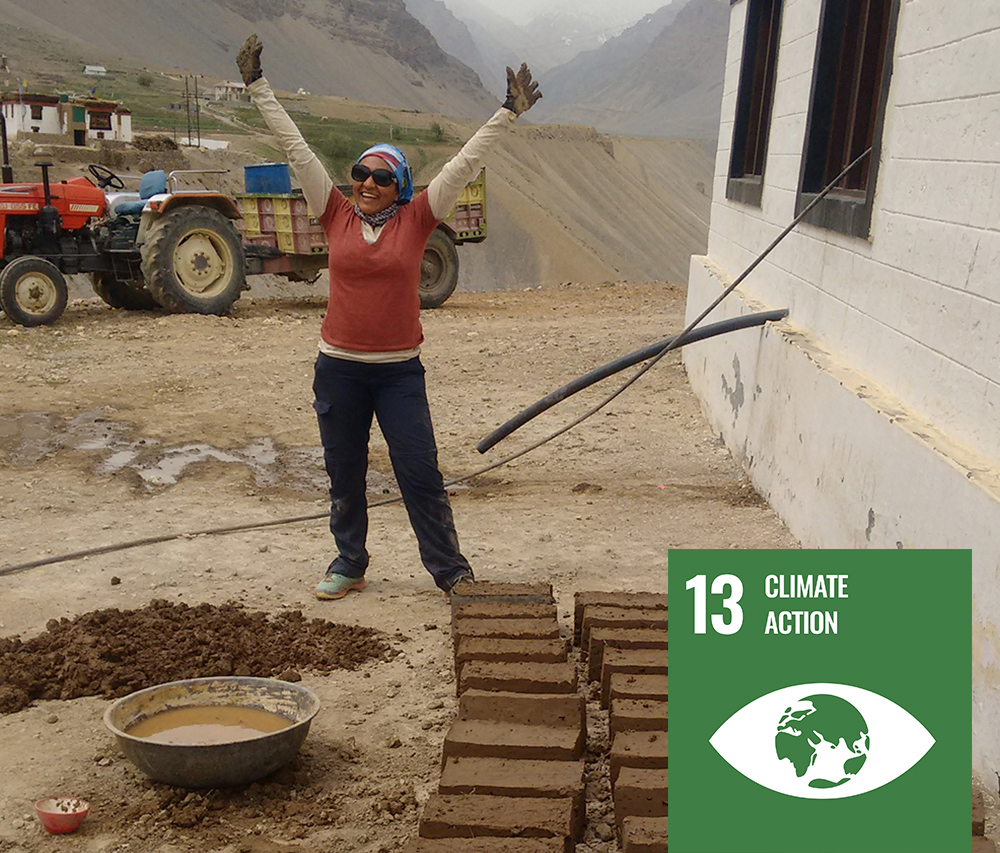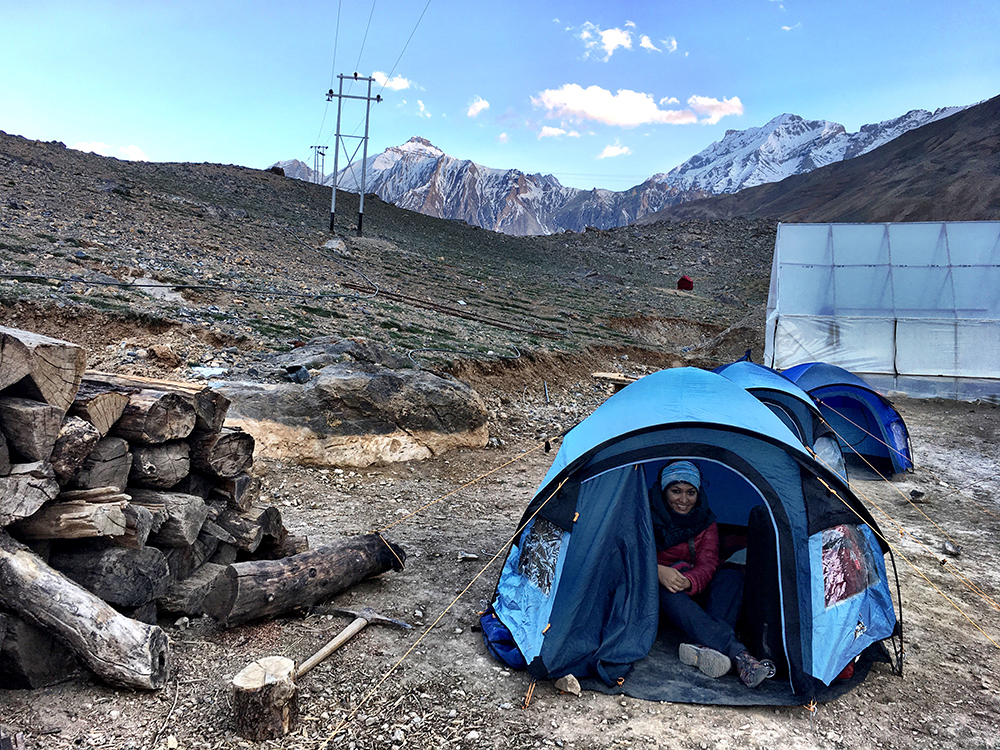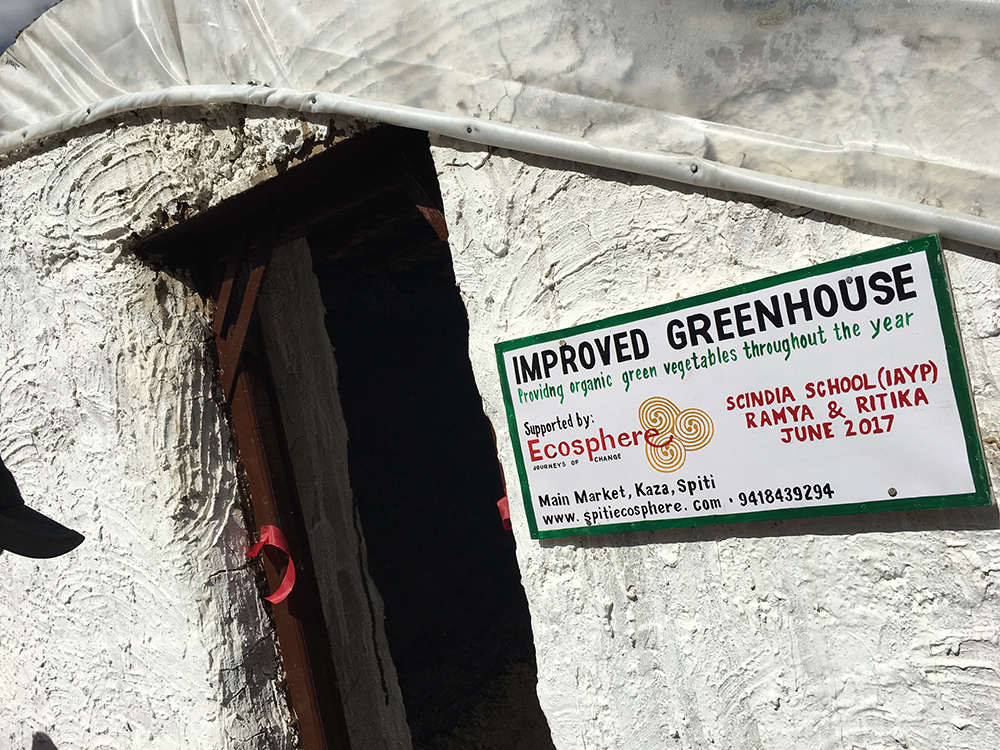
Not many people are aware of a remote, mountain desert community, nestled high up in the Trans-Himalayan region called the Spiti Valley, a part of India, bordering Tibet. The valley is home to some 13,000 people who have lived in these mountains for centuries eking out a living by farming a single type of barley and green peas as cash crops, the only two that can survive the extreme weather conditions of the region.
This cold desert valley is cut off from the rest of the world for at least six months of the year. As snowfall leads to blockage of roads and mountain passes, the villagers here need to stock up enough supplies before the harsh winter sets in with temperatures dropping to -30 degrees Celsius. Also, being in a rain-shadow area, the valley receives very little monsoon rains.
Despite these inhospitable conditions, this tiny mountain community has been made habitable and productive by sheer human cunning and doggedness. In the short summer the valley experiences, when the snow melts on high peaks, there is a spurt of intense agricultural activity around the sparsely populated villages. One of the most remarkable features of farming in Spiti is its snow-fed irrigation system known as the Kul that channels water to the fields.
This unique irrigation system, carefully nurtured for hundreds of years, is now failing due to the retreating glaciers induced by climate change. The glaciers are no longer playing their part as the main suppliers of water. They have retreated so much that in some places they have completely disappeared and the Kuls receive little to no water.
In 2017, I signed up for a 3-week volunteering programme to help build greenhouses in the villages of the valley that would allow the local community to grow fresh vegetables throughout the year and not have to depend on supplies trucked in from Shimla, the capital city, a two-day journey through the treacherous mountain roads. This not only makes the vegetables more expensive; it also increases their carbon footprint exponentially.
I was part of a group of volunteers facilitated by Ecosphere, a social enterprise that works towards environmental conservation, cultural preservation, and economic sustainability in one of the remotest regions in the world. For three weeks, I stayed in a tiny tent at 14,000 feet altitude surrounded by snow-capped mountains in sub-zero temperatures, while building a greenhouse using traditional building methods with just mud. Given the remoteness of the region, the altitude, and the treacherous terrain, it is a challenge to bring any of the usual construction materials or heavy machinery up here.

Over a 3-week period, as the greenhouse took shape, I lived with the locals learning more about Spiti, its wonderful people, their rich culture steeped in Buddhist history, their ingenuity, and their hopes and dreams for their children in the shadow of the constant struggle for survival. Despite the hardships, I discovered they love their mountains, its fresh air, its peaks and valley and this is their home, a place most would never leave.

In the last 10 years, volunteers like me have helped build nearly 200 greenhouses in many Spitian villages that popularly grow spinach, coriander, mint, radish, potatoes and onions. These have contributed to better health for the locals, reduction in emissions, and provided many families with an additional source of income. The greenhouse I helped build is in Pangmo village and supports 28 households. It still bears my name on the door, and provides the villagers with spinach, radish and potatoes.”
Ramya Chandrasekaran is the Chief Communications Officer of the QI Group. She continues to support the families she got to know during her time in Spiti, and also volunteers with Habitat for Humanity in Singapore to improve the living conditions of the elderly and people with physical disabilities.

